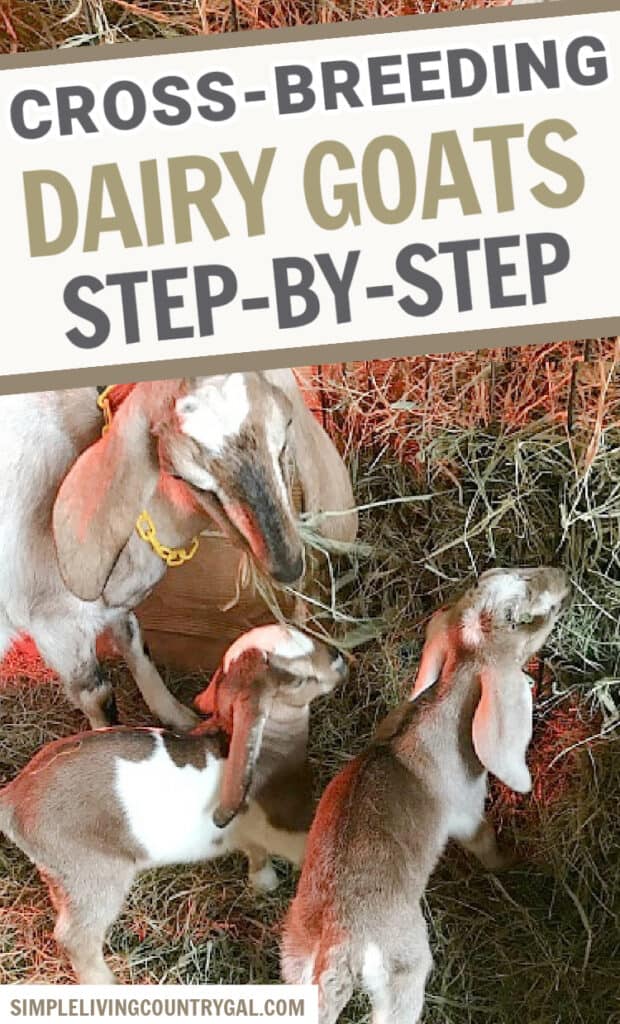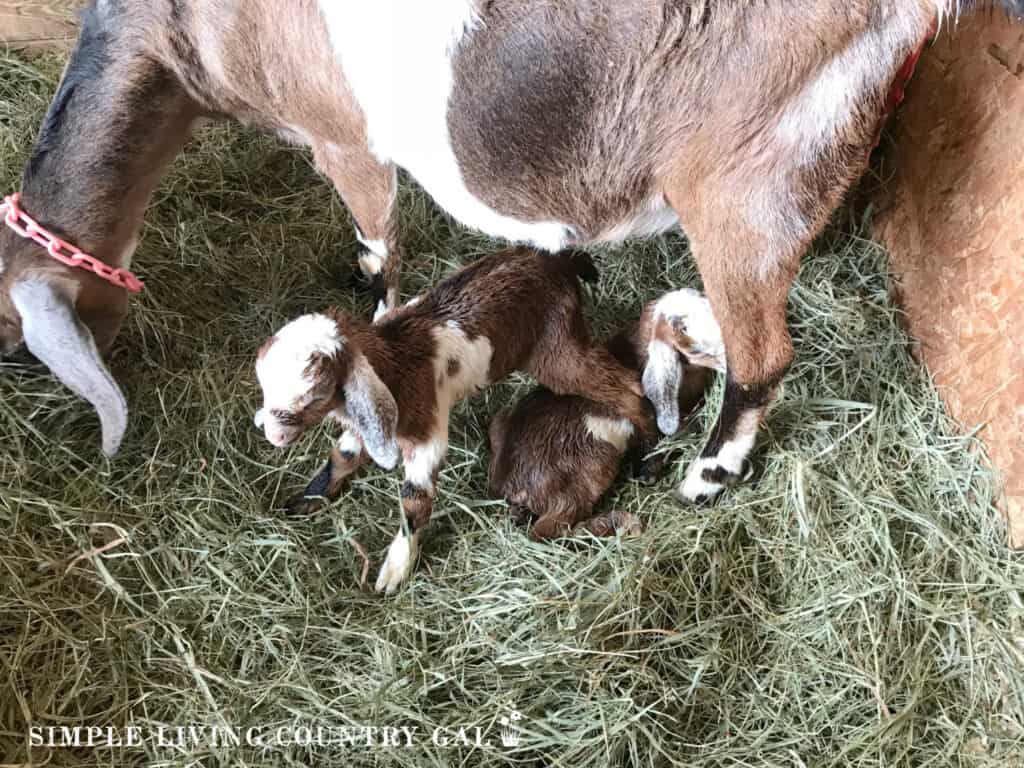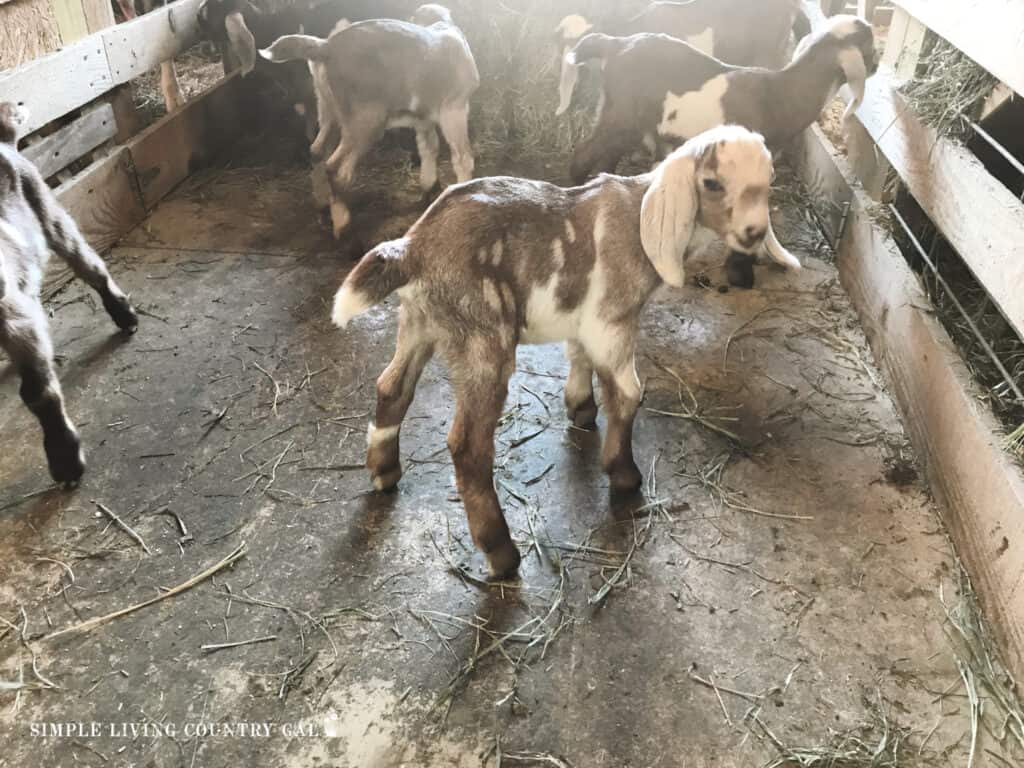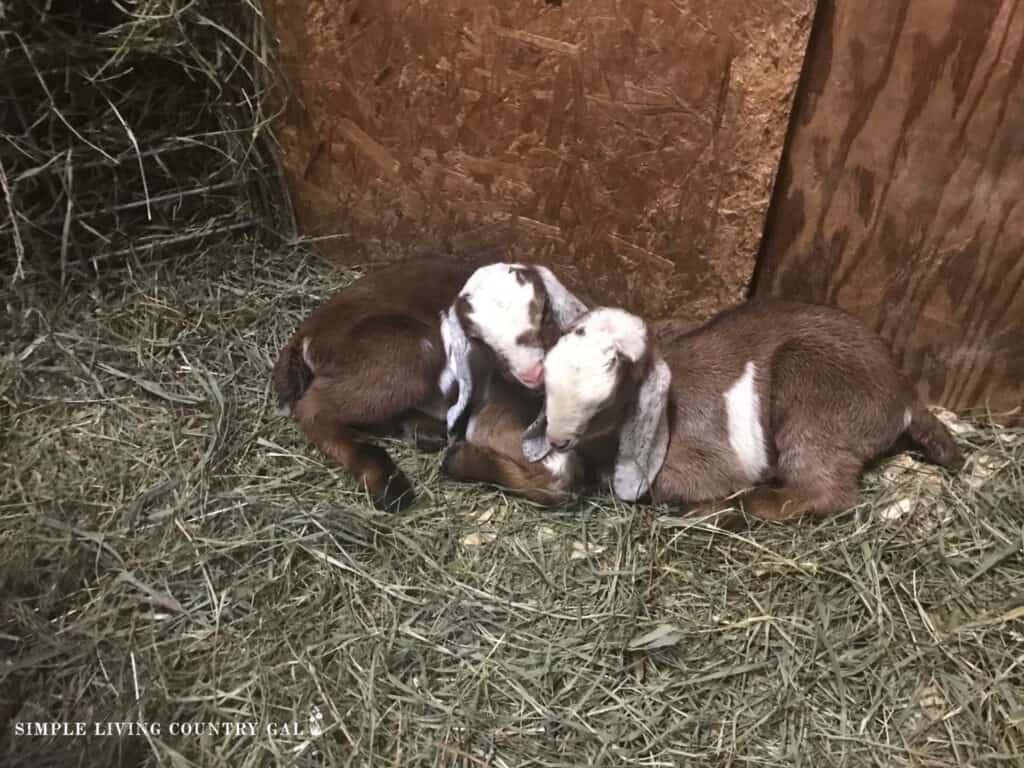cross-breeding goats
Knowing about cross-breeding goats will help you to grow a herd of the best quality does that are great milkers, hardy, and people friendly. This type of breeding sounds difficult but with good records and a plan, you will find it is easier than you think.
Goat breeding this way is crucial to having a productive and lucrative goat farm.

If you are looking to grow your herd with the best qualities, cross-breeding goats may be the perfect option for you. By mixing and matching different breeds, you can keep the benefits of your top goats, including their size, improved milk production, better health, hardiness, and even cooperative natures. Cross-breeding also allows you to stop negative genetics from repeating in a herd.
Even if you have a small herd, cross-breeding can be an important part to research so you will know if you want to incorporate it into your yearly breeding routine.
What does cross-breeding mean?
Cross-breeding is the mating of two different breeds of animals, usually with the goal of creating a hybrid that has qualities from both parent goats.

Genetic Traits to look for when cross-breeding dairy goats
When selecting a goat for breeding, look for genetics that will produce the desired characteristics.
Production traits
Goats with higher production levels can produce more milk, and if quantity is something you want, this is an important trait to carry on. Some goats give high-butterfat milk, which has more fat content and is richer than regular dairy goat milk.
Size of the goat and the size of the teats.
Goats of larger size produce more milk, so it is important to look for goats that will allow for maximum production. Look for large teats that are well-placed. This will help the goat produce more milk and make hand milking easier.
Goat Breeding Books:
Goat Record Keeping Log Book: Goat Record Book, Goat Health Care Book, Weight Tracker, Feeding Record, Medical Record Book, Goat Breeding and Kidding Journal


Hardiness
Look for hardy animals with strong immune systems and disease resistance. This can be helpful if you live in an area with ground deficiencies or heavy parasite existence. Also, goats with healthy strong hooves tend to do better in wet areas, another trait to consider when looking to cross-breed.
Temperament
It’s important to find goats that are calm and cooperative. This includes animals that don’t shy away from being handled, and it also means looking for a goat who won’t be aggressive towards other goats in the herd. It’s true you can train goats to behave both with people and on the milk stand, however those with natural temperaments are more beneficial in a herd.
More Goat Training Resources:
Body types
If you have goats with desirable colors in their fur, you can continue this look in the line. This can be beneficial if selling goats is part of your income revenue on your homestead.

How to Cross-Breed Goats step by step
Overall cross-breeding goats is done the same as any breeding plan, the biggest difference will be record keeping. If you have never bred goats before, you will want to read a few or our getting started articles first.
Goat Breeding for Beginners:
If you do not have a record journal for your goats, you can use a simple notebook. Notes are crucial when cross-breeding as you will need to refer to it each breeding season.
Step #1. Stay Organized
When looking to cross-breed goats, it’s important to stay organized and have a plan in place. Start by creating a line of the most desirable traits you wish to continue. This could include size, hardiness, temperament, color, and production levels. In your record journal, have a page for each doe and list out the good traits as well as the bad.
Step #2. Choose Your Does
Once you have your list of traits written for each member of your herd you can use that list to choose the does that are your best candidates. If you have the space, put the chosen does into one area until you are ready to breed.

Step #3. How to Breed
If you have a buck that also has good traits you want to carry on, you can use him to breed your selected does. If you do not have a buck, you can either look into driveway breeding or artificial insemination.
SLCG Pro Tip: Make sure to keep track of which animals are related and what their offspring will be, so you know which goats could potentially reproduce.
Step #4. Monitor the Does
Once you have bred your does, it is important to monitor them closely for signs of heat and pregnancy. During this time, keep notes in their individual record journals about how they look throughout the season – what health issues came up during gestation, if there were any difficulties during labor, etc. Notes like these can be invaluable if a similar issue arises in the future.
Cross-breeding goats is a great way to bring in desirable traits from different bloodlines into your herd. It’s important to stay organized, select does with desirable traits, understand how to breed them, and monitor them closely during gestation. With good organization and management practices, cross-breeding can be a successful endeavor for any goat farmer.




